PhotographyGive First - The Buoyant Surf Photography of Ana Catarina
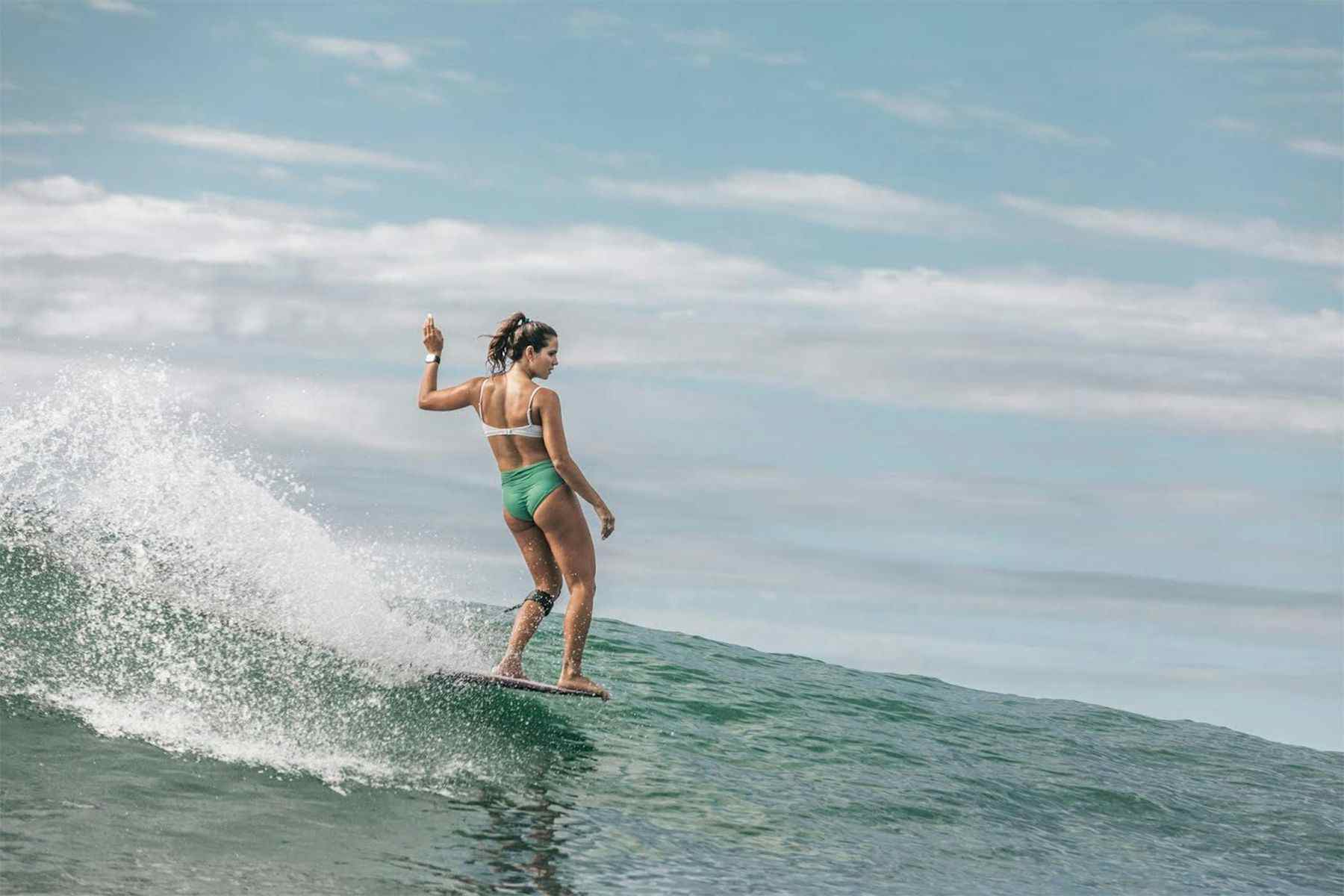
A photo of a beautiful wave breaking is no longer a photo of a beautiful wave breaking. The way we view photographs has changed; the way we value photographs has changed. We need photographers to remind us that photos are not simply a means to an end. We need photos that don’t require an audience.
In the projects she takes on and the images she produces, Brazilian surf photographer Ana Catarina emanates respect and humility; she takes photos with a smile on her face; her photos smile. As one of the biggest female names in the industry, Ana is not only an example of a talented professional with a solid work ethic, but of how surfing’s essence lies in the life that it affords and the lifestyle it promotes. As a storyteller, she shows us that photos aren’t always content – and that it takes more than a good eye and a nimble finger to capture the moment.
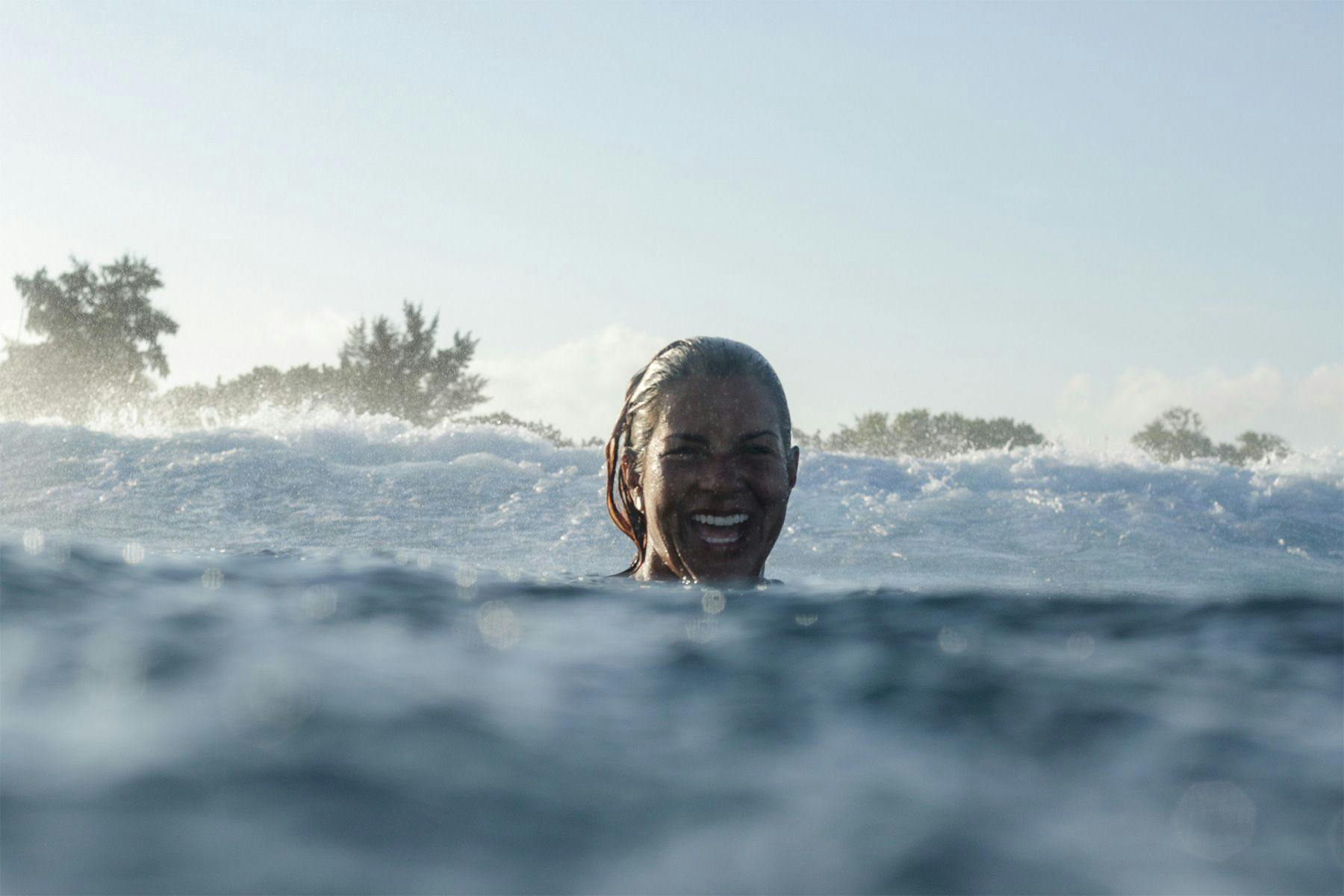
Surf Simply caught up with Ana to hear more about her trajectory into surf photography, her thoughts on the place of women in the industry, and some of the nuts and bolts of this highly competitive creative niche. The text has been translated from Brazilian Portuguese and edited for readability.
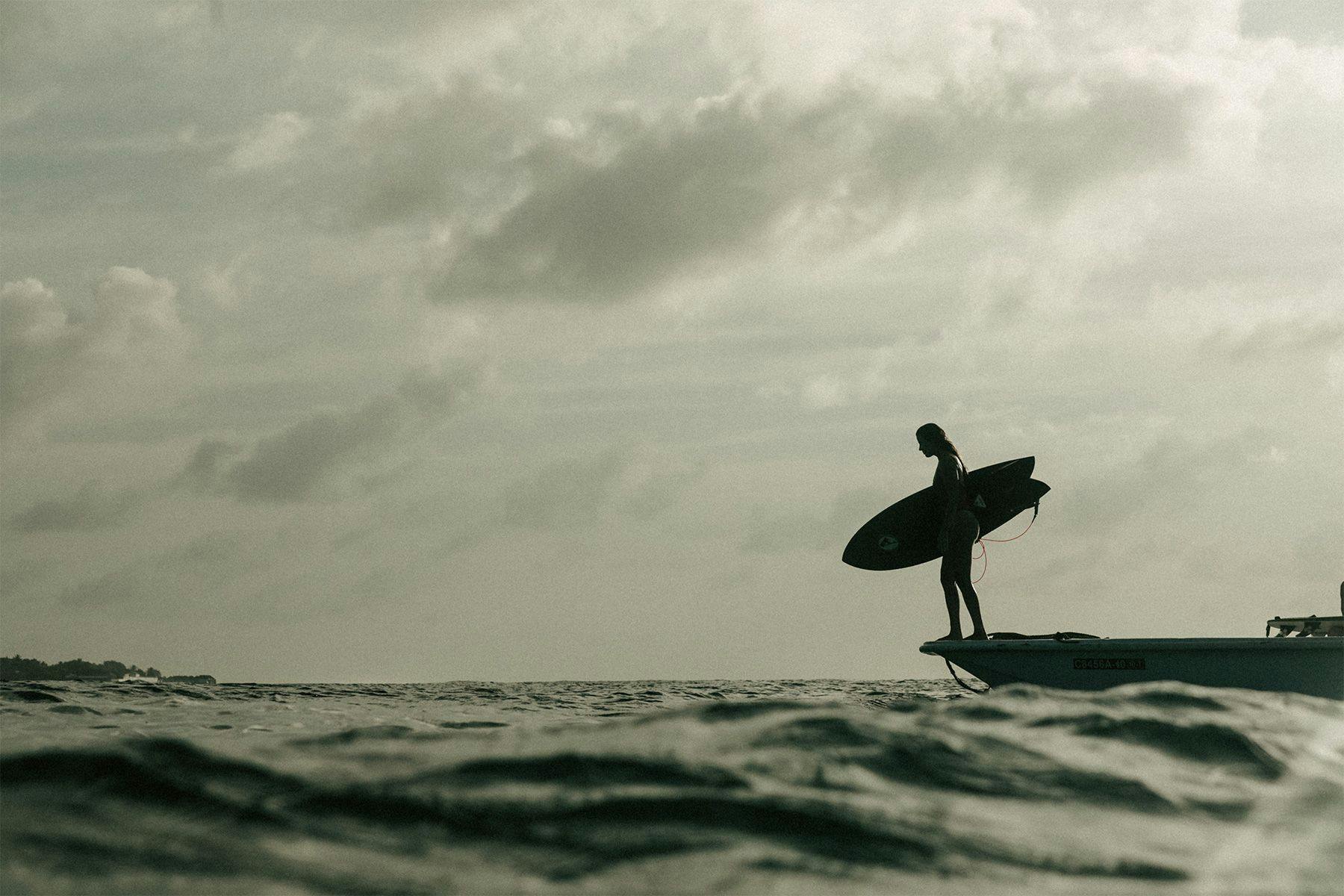
In your website About Me, you wrote: “Former public sector employee, I gave up stability and the ‘peaceful life’ in order to discover new possibilities, explore new cultures, landscapes and take the stories I came across while travelling as a message.” Not everyone has the courage and insight to do that, so I’m wondering, what motivated you to make the transition into surf photography? And what have been some of the greatest challenges and lessons you have encountered so far?
Photography began as both a hobby and an escape from the bureaucratic routine I had when working for a government agency in Rio de Janeiro. Every day, early in the morning before work, I would go to the beach and take photos. That was back in 2013. From then on, photography grew inside me in a way that for five years I did both things at the same time – plus a college degree at night. In 2018, I kicked my old job out of my life and I decided to dedicate a hundred percent to photography. Even with the trials and tribulations during the pandemic, I have no regrets. I find that it's very difficult for you to dedicate yourself to something without being a hundred percent in it, and photography is no different. I could feel my creative side taking off once I immersed myself in it.
As for lessons, I learn every moment; with every step I take I learn a bit more. One of the most fundamental lessons, however, has been that photography is about surrendering; it is a form of giving, and this is a notion I have carried with me from the get-go: give first. Challenge-wise, no doubt my experiences at Nazaré have been pivotal. This year I’m doing my first season in Hawaii, and this has also been putting me to the test. It’s a never-ending stepping stone, and as I mentioned, every step brings new challenges and lessons.
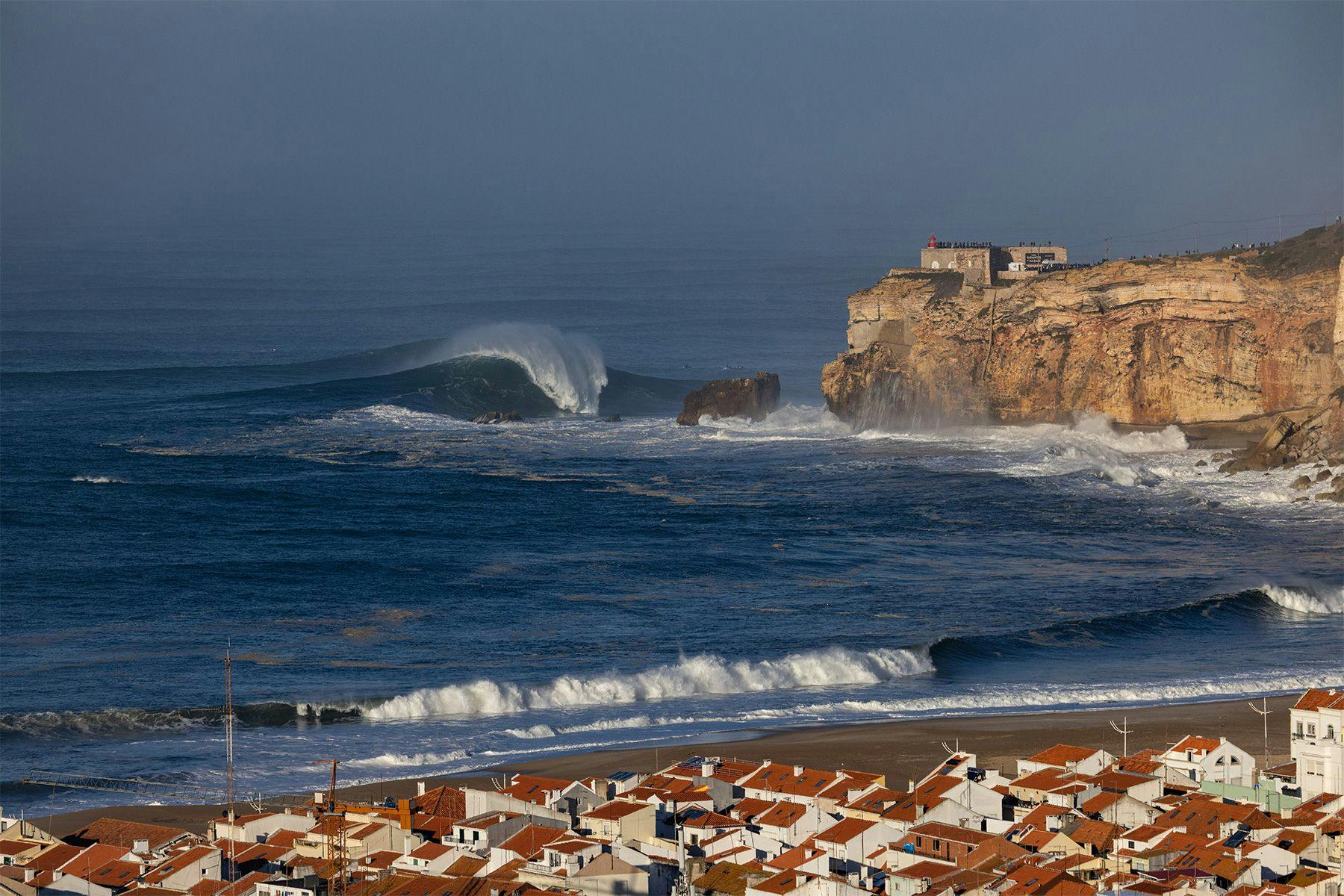
When it comes to the pay, surf photography is a world away from fashion photography, for instance. In fact, you’re probably one of the few who can say they live solely off taking surf-related photos. I’d be interested to hear a bit about how you organise yourself to make ends meet.
There are many ways to work as a photographer. Since I worked in an office for twelve years, I have no wish to work with anything that feels too fixed. I can have recurrent clients; I often sign annual contracts and deliver photos throughout that period according to the client’s needs. But I reckon photography gives us many opportunities to work in various different ways. For instance, I collaborate with lots of brands, like the kitesurfing’s F1, sunscreen brands, Vans… And these brands have their athletes, and it’s usually through them that I get to the brands. I really like this framework of using athletes as a bridge to get to the brands so that the brands can, in turn, sell the content made from the athletes. I also really enjoy having some passive income through the prints I make; now and again, whilst on a trip, I’m already thinking of the photos I will print, photos that people might like to hang on their wall. I also like that this channel renders a photo atemporal; they never get old, someone might order a picture from 2017 or 2018. I also think that, with the end of print magazines, many new opportunities cropped up in the market. We thought that the photography market would go downhill, but I actually think that many doors were opened. So, I work totally freelance, yet also manage to weave longer-term projects with brands, which for a photographer is great as it allows us to plan better.
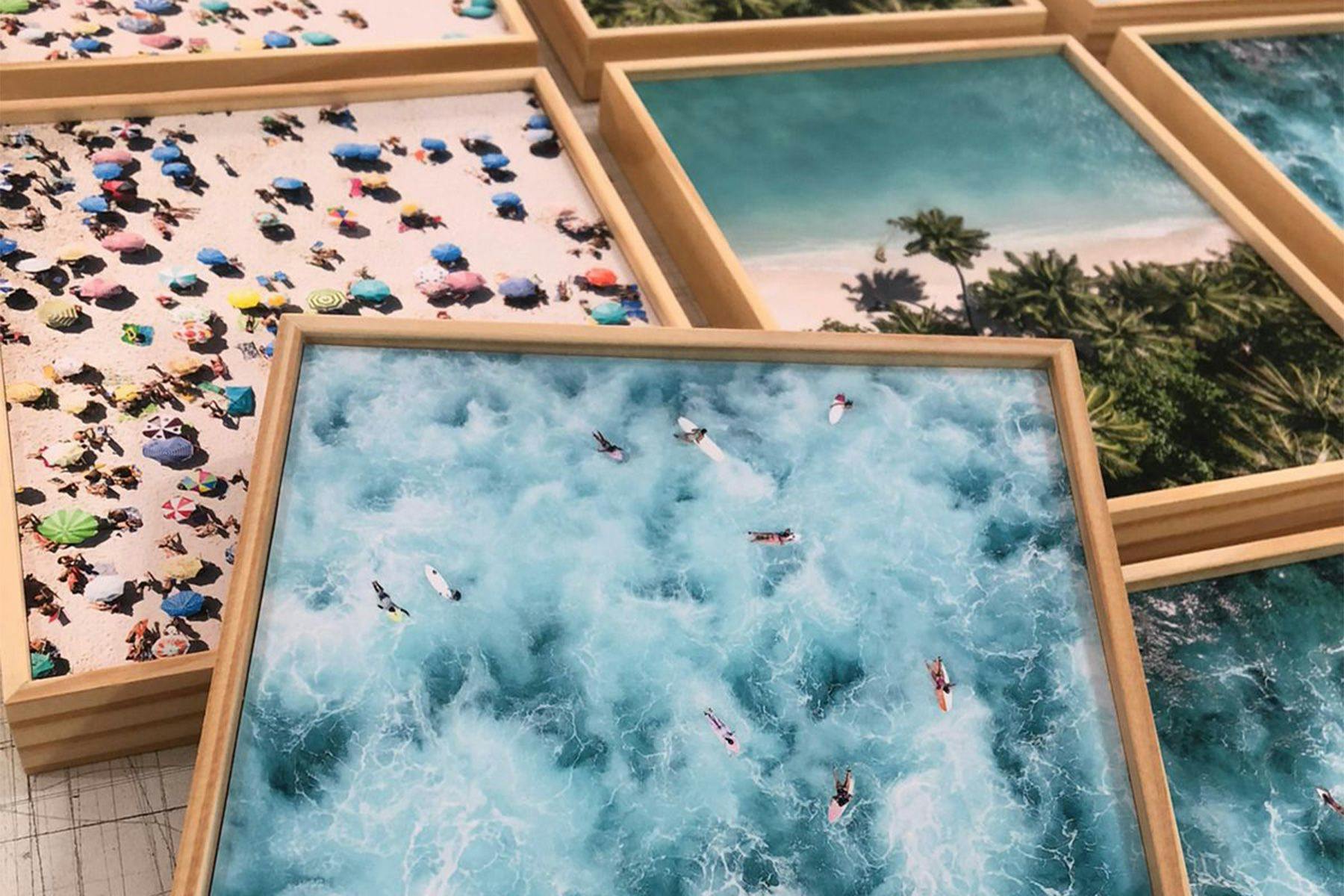
A lot of your work revolves around telling stories of Brazilian surfing and its characters. As someone who has access to the backstage of the Brazilian Storm, what would you say is special about these stories?
If people could hear half the surf stories coming from Brazil, they’d be astounded with how resilient Brazilians are. There’s usually a lot of struggle involved, with surfers leaving their small towns and families to try and make a living from surfing in one of the country’s hotspots. This was the case of Silvana Lima, who at the age of 17 left the shack where she lived with her family and went to Rio de Janeiro to pursue her dream of becoming a professional surfer. That’s when she slept on a mattress for the first time – and now she is considered the best female Brazilian surfer of all time. This month I had the opportunity to visit Samuel Igo, an indigenous surfer from Baía da Traição, Paraíba, northeastern Brazil. At the age of 12, he went to Rio de Janeiro to get away from family problems; today, at 29, he competes in the WQS and lives off surfing. These sorts of realities aren’t very common in [so-called] developed countries where surfing flourishes. But in Brazil, such stories abound. These are stories about achievement and success – regardless of the number of titles and medals – and that’s what, in my view, makes them special.
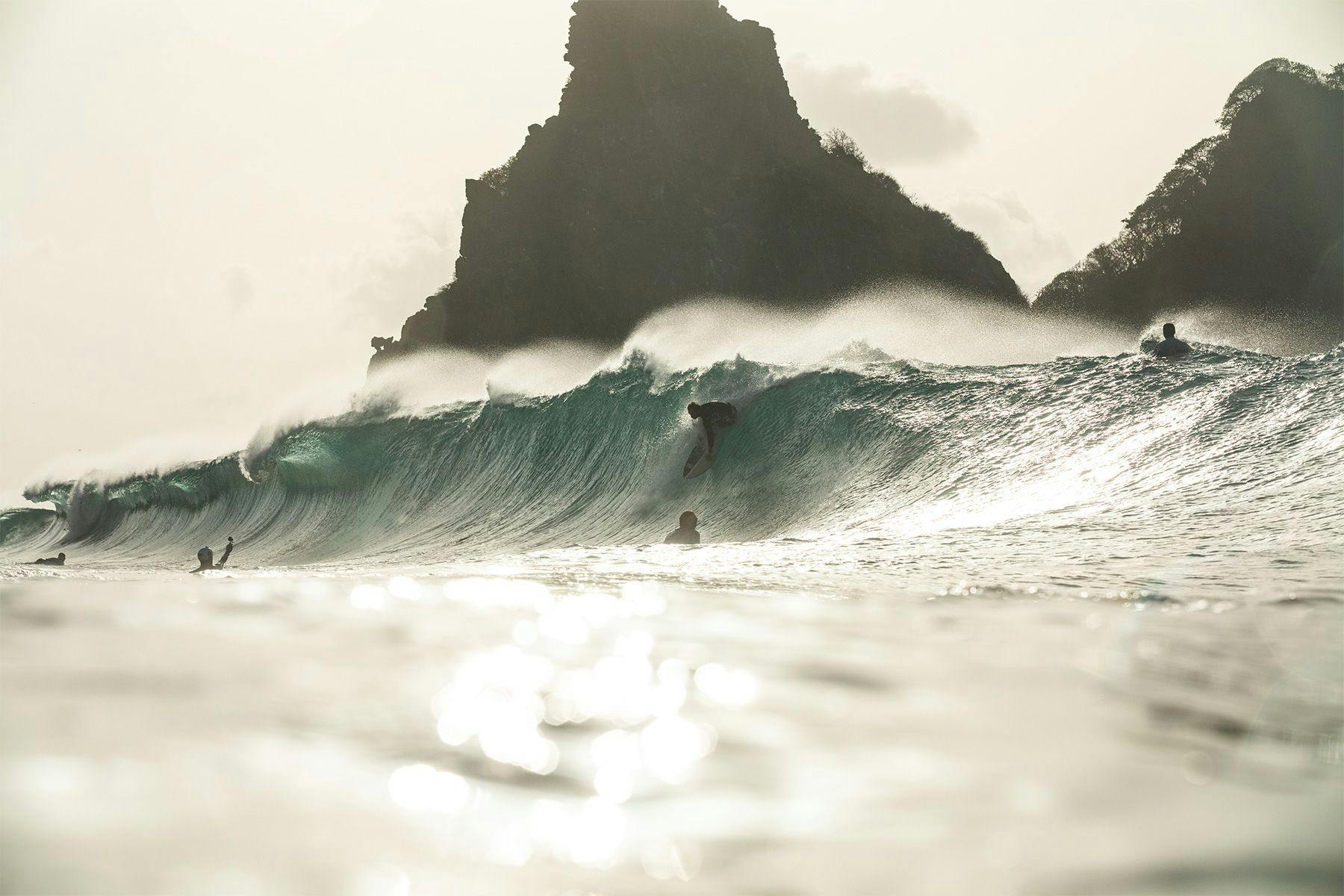
Who are some of your references in photography?
Damn, so many! Outside of surfing, I really like the work of photojournalists and the documentary way they express themselves. Years ago in Brazil, Custódio Coimbra (from O Globo, the main Brazilian newspaper) used to take aerial photos aboard a helicopter, when drones were not even dreamed of. I thought it was amazing; his way of portraying Brazilian beaches, of playing with shadows has always fascinated me, and I bring a lot of it in my language of aerial photography. Other Brazilian names are Sebastião Salgado, Miguel Rio Branco, Cula Fernandes, Monica Imbuzeiro. In surfing, Sarah Lee has always been a photographer whose work touches me.
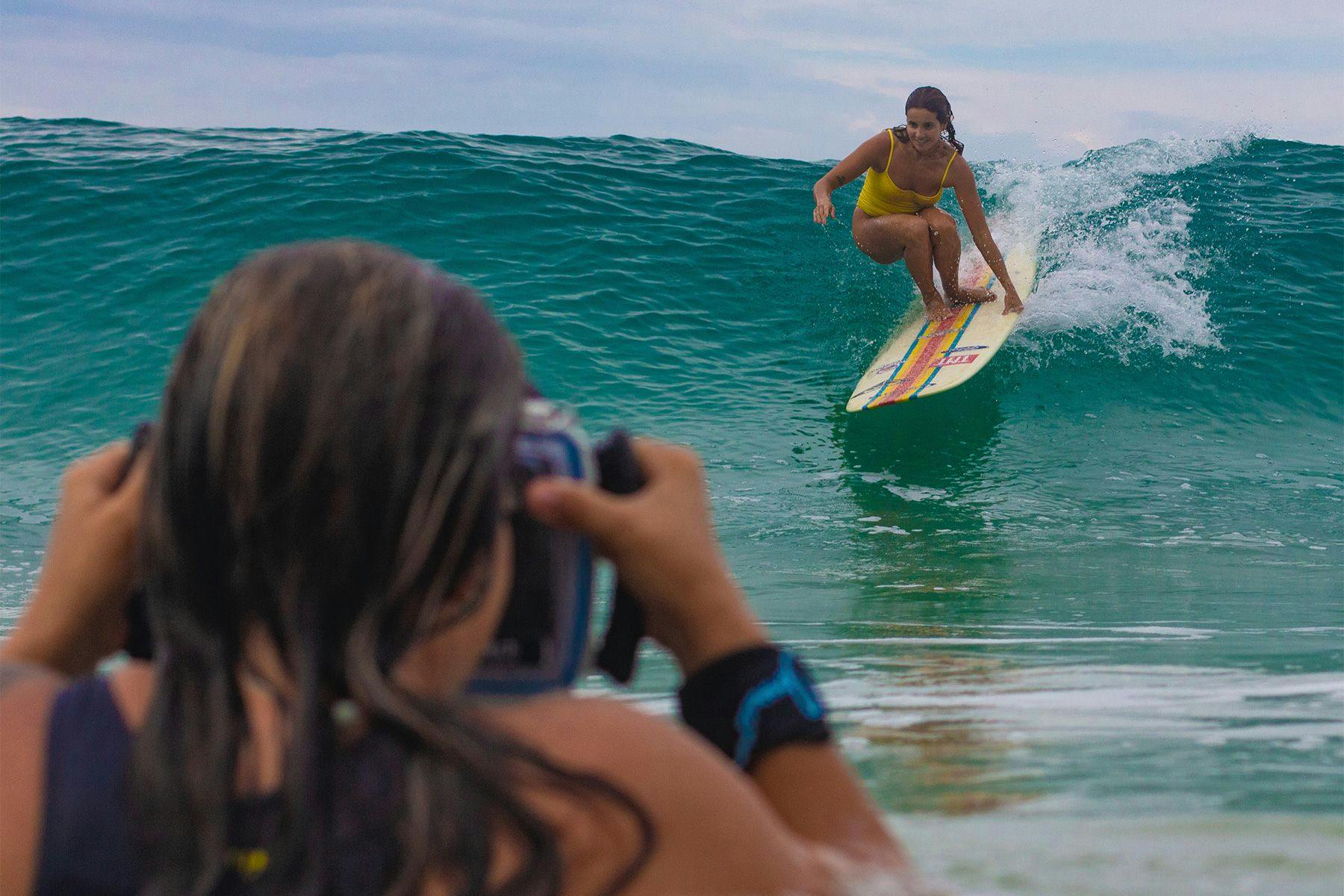
Surf Simply has interviewed several surf photographers – but you’re only the fourth woman! Whilst doing some research online, I saw that this was the case with most surf publications: the number of female surf photographers being featured and living off their photos far underweights that of men. Thinking of the surf industry, how do you see opportunities among photographers are balanced? And how do you see the place of female surf photographers developing in the future?
Despite the still patriarchal world we live in, many women have been venturing out, allowing themselves to experiment with surf photography and realising that it is possible to make a living from it. Photography gives space to everyone, and the market changes all the time. We went through a decrease in the number of magazines and I see that with that, photographers gained freedom to create in the format that they most identify with – and the possibilities are endless! It's beautiful to see this female movement happen. Once a woman paves the way for others, the community is strengthened and the market gains in the quality of professionals. So I can only see the number of women in surf photography growing, each with their own language and experience. That said, I confess I don’t think opportunities are well balanced, but I also think it’s a matter of time. I see many women standing out on the world stage and showing that we have a lot of potential to be a part of the photography elite on an equal footing.
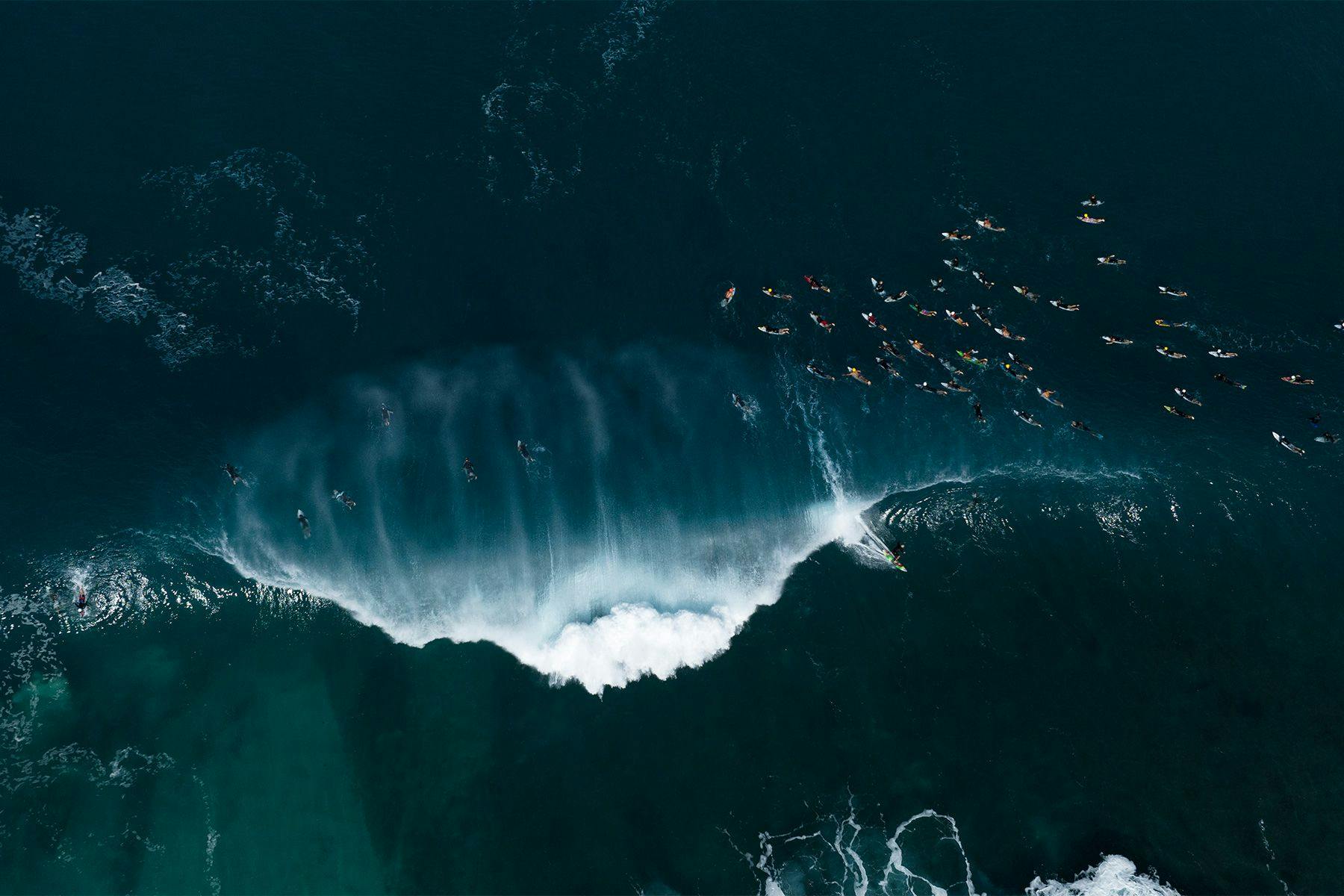
Along those lines… Is there something that worries you concerning the way images are used in the surf industry nowadays? If yes, what do you suppose could be done to improve?
With the internet, it is very difficult to control where our photos will end up. I try to protect myself as much as possible about this, but deep down, we will never fully know how far it stretches. In the same way that the internet helps to publicise our work, it also makes us lose this control. We often deal with brands that ignore the rights of photographers and do not value our work. Honestly, I try to ally myself with brands that understand, respect and value us, and that are aware that the photographer is part of the team. I think that shielding ourselves with contracts, aligning expectations and a round workflow can be solutions to avoid stress and embarrassment.
You’ve also taught surf photography workshops for women. Could you please talk a bit more about this project?
I’ve been teaching workshops since 2016. Around the tenth meeting, I realised that the there were more women than men attending, and they had different approaches. It seems that women allow themselves to see photography as a tool of self-knowledge, and feel free to put their life baggage in her language. Men are very concerned with technique, types of lenses, questions that require more exact, mathematical answers. I saw a difference in interests there – and that’s when it began.
Whenever I set up a workshop group, I think about the format I would like to experience if I were a student. For me, this often leads to being able to try different lenses for different situations, so as to understand which has more to do with my language, my swimming level, and safety. From this foundation, the student has a range of options to understand where to invest. There are many new variables in surf photography: fins, wetsuits, camera weight, lens weight, waterproof case, etc., so having someone for a couple of days guiding you at sea seems very positive to me. One of the highlights of the workshop – for me and, hopefully, for participants – is sharing my workflow, discussing work possibilities in surf photography, outlining the way I usually deliver my work, and talking about the organisations I work with. The idea here is to shorten the student's path; I want them to think, “Damn, I wish I had known this when I started!” And as it turns out, I also learn a lot with each class I teach. Photography is an exchange of experiences!
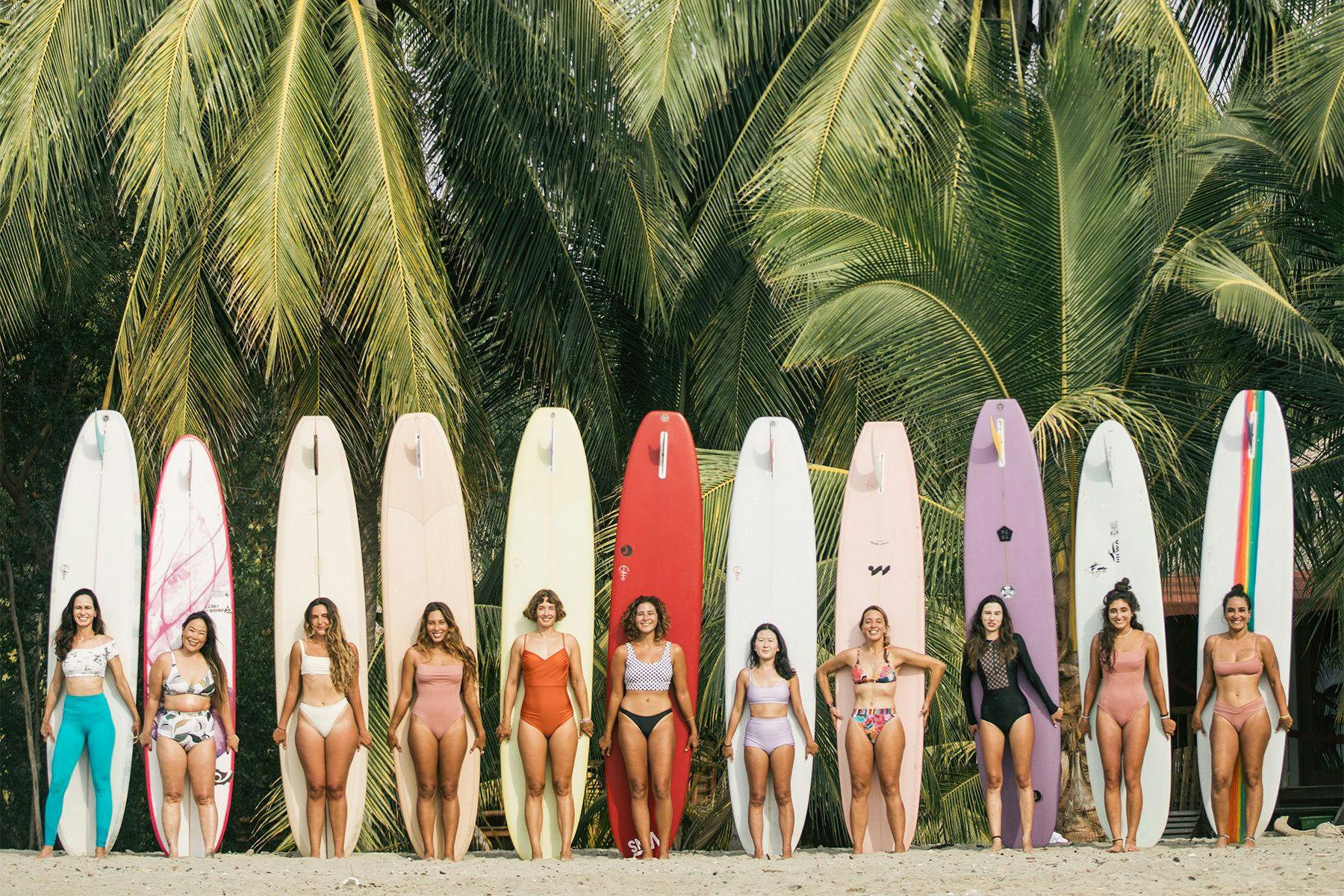
What equipment do you use to photograph – both in and out of the water? And is there any technology or accessory you haven’t yet tried but would like to?
I've been using Canon cameras since 2014. I identify with the brand, I like the quality of the lenses and I think the cameras are fast for shooting surf. I’m currently using a Canon R5 as my main camera, and an R6 as backup – I’m completely in love with Canon’s mirrorless series. Lens-wise, the ones I use the most are a 24-70mm and a 70-200mm. I also have a 15-35, a 1.8 50mm (Canon hasn’t yet put out a 1.4 for the R series), a 100-500mm to shoot from the beach, and two analog lenses as well. Photographing in the water is what I love most, and for that I use Aquatech cases, also since 2014, which are extremely reliable!
And I love drones! I love the perspective an aerial photograph gives. Years ago, when drones weren’t popular, I used to dream of flying on a helicopter to photograph. Luckily for me and many others, drones have facilitated that! I really like looking at shades and textures on the ground, for instance, and thinking how they would look from above. Besides, drones tend to take me away from my comfort zone, which is the main reason why I photograph. The only downside is that I don’t get wet. (Laughs)
In your opinion, which abilities are indispensable in surf photography? And what can one do to work on them?
Persistence and patience. Results take a while, and nowadays I see that many people don’t allow themselves the opportunity to enjoy and face the process – but the path is the most satisfying part. Everything else is technical, so it’s important to keep studying photography whilst also focusing on physical and mental preparation. In the end, any photographer can take a good photo. But you need to be patient so that what you sow can grow – and then you can reap. And in the process, I’d say it’s indispensable to act with respect and dedication; the results will come when they have to come. The best thing we can do is to be prepared for when opportunities arise.
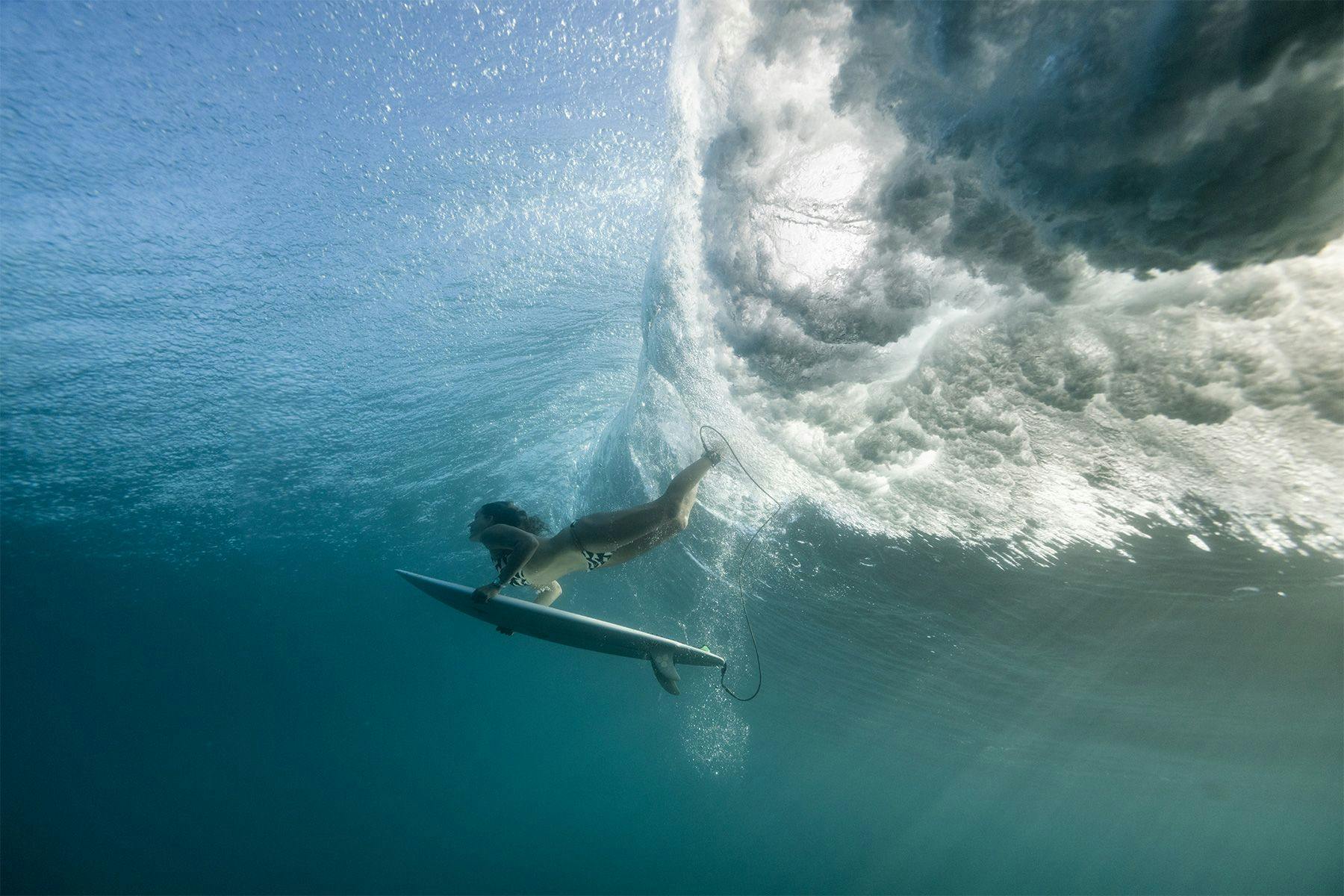
You were recently with Maya Gabeira at Nazaré. Could you please tell us about the experience of photographing such a big wave icon like Maya, in such an imposing place like Nazaré.
Nazaré is a place that pushes everyone to the limit, each in their share of fear. I'm terrified of being there, getting on a jet and taking pictures – but that's also what moves me. I went to Nazaré for the first time in 2019 and spent 2 months there. That’s when I met Maya and we became friends. Since then, I haven't gone a single season without going there. Nazaré moves me a lot: it makes me strive, dedicate myself; it takes me out of my comfort zone and pushes me to be more creative. And since each season is different, results also must be different. This is definitely the place that scares me the most and at the same time encourages me the most. Anything can happen to anyone.
Nazaré is not a place for mistakes. Surfing there is a collective endeavour – but so is photographing there! There’s a jet ski to take the surfer out, and there’s another to take the photographer, so you have to fully trust your pilot. Letting fear get the best of you makes your body stiffen, and that’s not helpful for the jet ski ride. Putting your life in someone else’s hand removes some of one’s self-responsibility, which makes trust mutual. When the season starts to approach, I already get butterflies in my stomach. I try to train months in advance, but with a hectic routine of travels, that’s not always possible. Being away from home makes me slack: my diet isn’t as well-balanced as it should be, the daily exercises aren’t always daily or enough. As for the photography itself, in Nazare I often shoot with a tele lens even in the water. But that’s also a delicate decision since, depending on the conditions, too close an angle can crop the size of the wave and undermine the ride – and the photo. Even on smaller days when it’s possible to swim, Nazaré welcomes you with strong waves and currents, cold water, and strangely thick sand. It is challenging regardless of the conditions. Maybe that’s why the region is so special
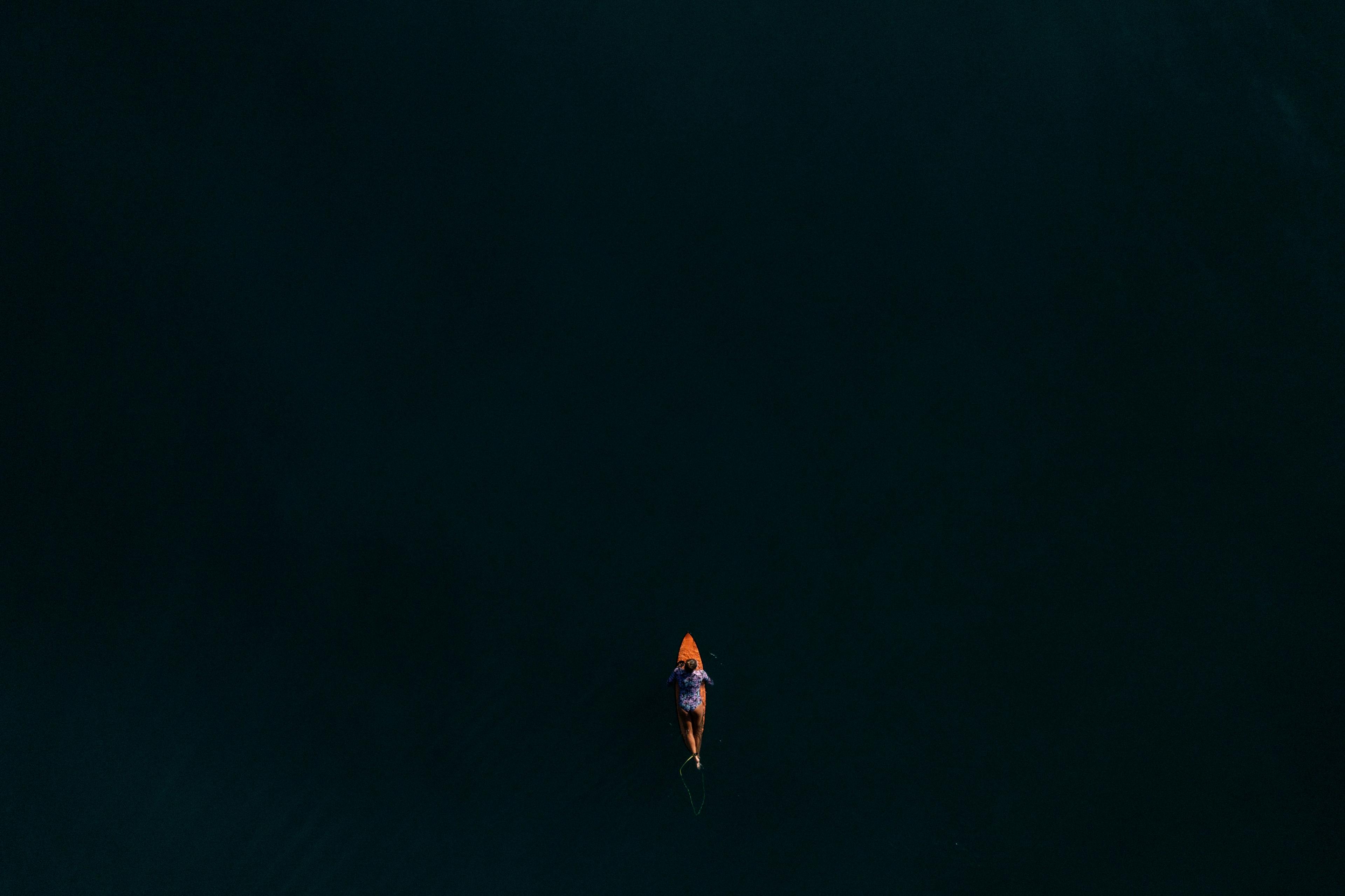
You also work on non-surf related projects. What leads you to search for stories outside of surfing?
Every story deserves to be told, and photography opens new paths for me to tell them – I just let myself go. Professionally, surfing and the sea have somewhat become my comfort zone. So stepping aside from that and allowing myself to hear distinct stories and tell what I’ve learned about other peoples and their habits through photography also brings me great joy and fulfilment. It is a sort of apprenticeship that no institution teaches.
A great example of that is the management of the Piracuru (fish species), a project funded by USAid which I have been participating in since 2019. It has been very rewarding to follow the evolution of the project and to know that we managed to consciously and sustainably increase the consumption of Pirarucu whilst improving the quality of life of those involved. I believe we, as photographers, have a huge responsibility when taking on projects like this, and that can never be left aside.
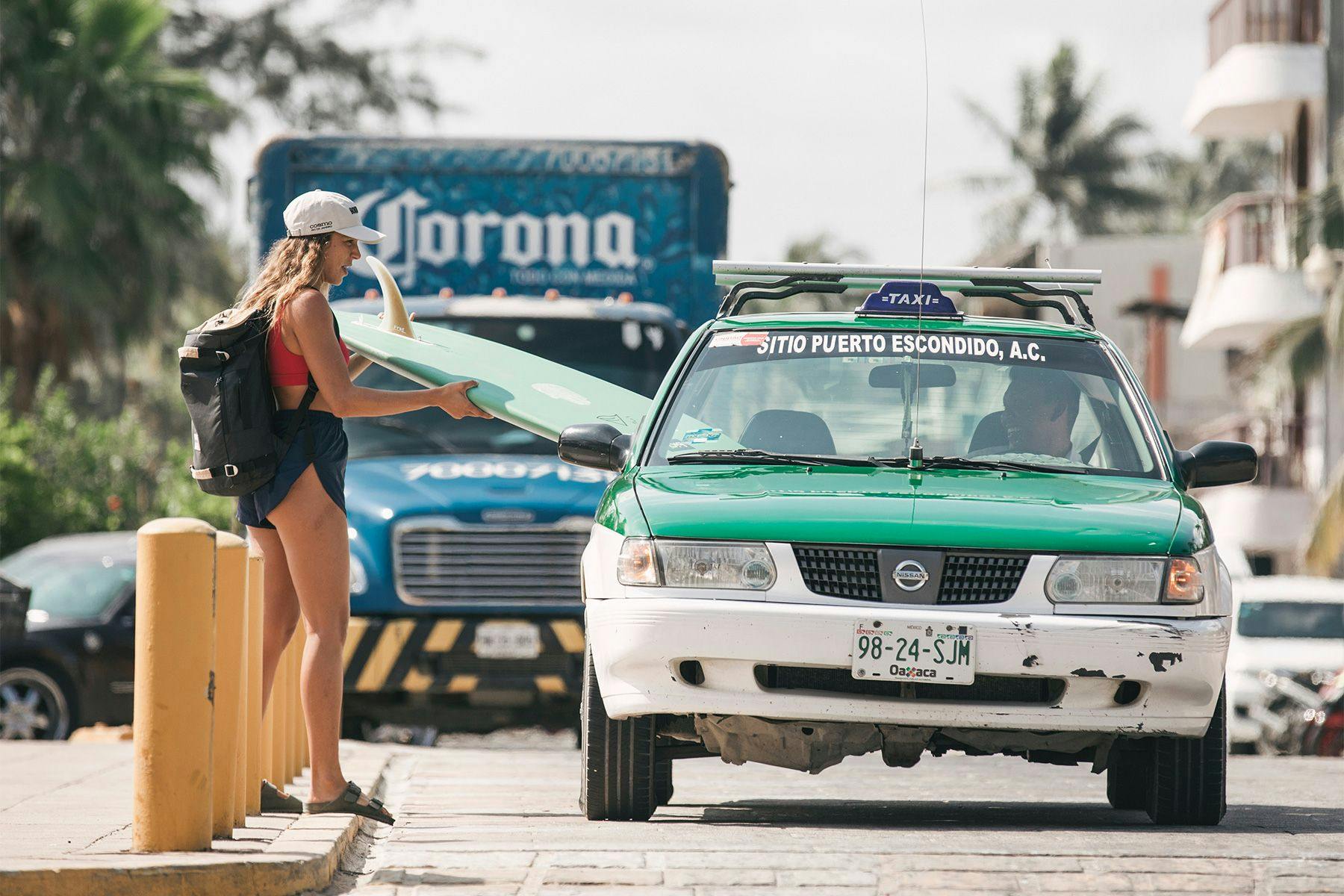
In one of your Instagram posts you say that the philosophy behind your photography – and life – is to “give first, work hard, be kind, and dream big.” How would you say that photography, in this case surf photography, has changed you as a person? And how has it changed the way you experience surfing?
Photography makes me really see people; it makes me more empathetic; it makes me put myself in the place of the subject or the spectator. I think that was the main change it provoked in me: to look at others with more affection. I believe that when we respect other professionals in our area, give people opportunities, do our work with love and kindness, dedicate ourselves and dream big, it's very difficult for things to go wrong. If they do go wrong, I reckon it's because it wasn't meant to be — and so the learning continues. I try to live my life that way.
In your opinion, how can photography change surfing – both as a sport and subculture – for the better?
Photography has always added something to the world of surfing, be it by recording a particularly good session, advertising products and whatnot, or simply disseminating the beauty of wave riding. I actually see photography and surfing as rice and beans [Editor’s Note: the most traditional dish in Brazil, often used metaphorically to refer to a quintessential combination of something]. An image’s aesthetics, message, and identity can make a brand stand out or sink, or an athlete appear in the media and gain visibility, or document a part of the history of a place. I think photography can only add to and spice up surfing – both as a subculture and a sport – just by being what it already is.
When you think of the development of surf photography – both as an industry and art form – what excites you?
The surf photography market changes a lot, the world changes a lot, and [surf] photography follows those changes. It’s all quite unpredictable, and I reckon this very unpredictability is what makes it so unique. I feel like surf photography will be more and more inclusive, more free, allowing for photographers to express themselves without being labelled, as used to be the case in the time of magazines. Plus, I realise that nowadays the industry walks hand in hand with the art form, and I’m very optimistic that this will continue to be the case.
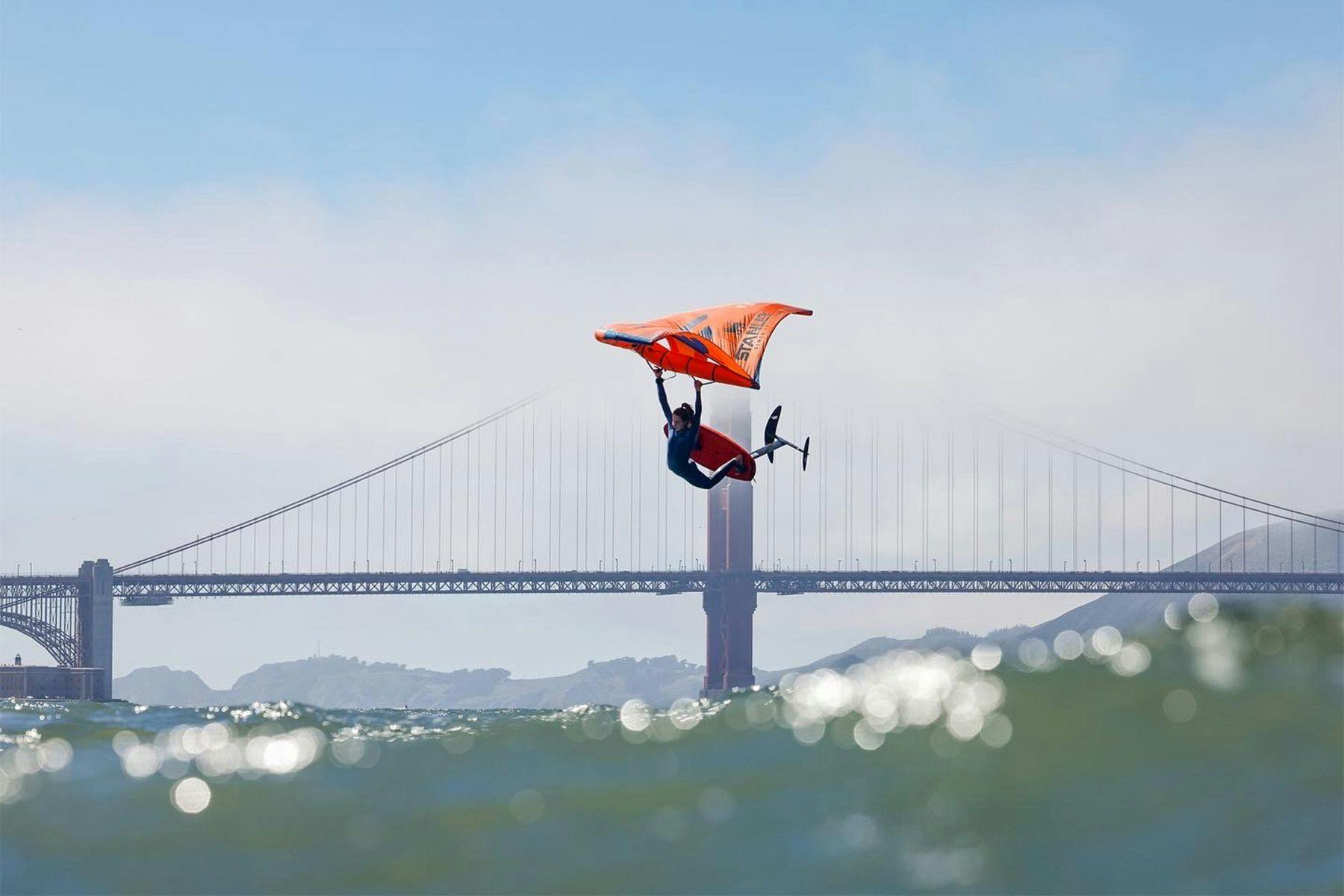
Have you got any projects in the pipeline for the coming months?
When my schedule slows down, I aim to work on some personal projects. In the next few months I'm shooting a TV show in Iceland, a wingfoil campaign in Cape Verde, a women's surf project in El Salvador, and an adaptive surf event in Hawaii. They are all very different projects, and I think this is one of the things that fascinates me most about photography: the diversity of scenarios and experiences from which we can live and learn.
**********
The author and Surf Simply would like to thank Ana for her time and for sharing her experiences and images with us. You can see more of her work on her website at anacatarinaphoto.com and follow her on Instagram @anacatarinaphoto